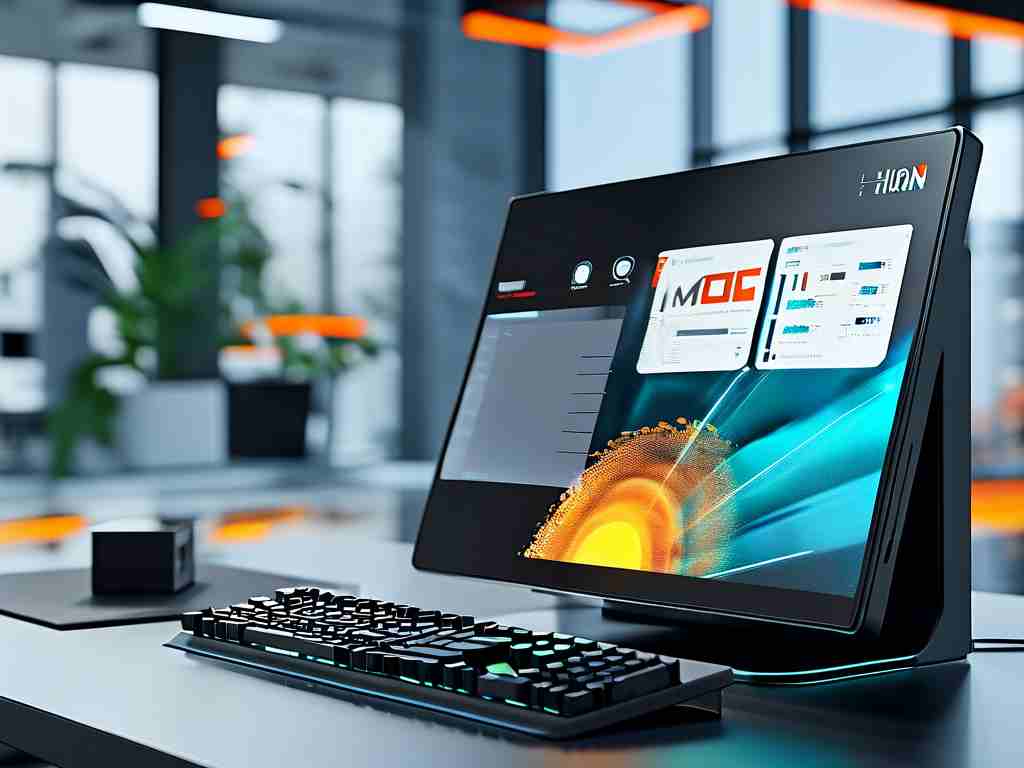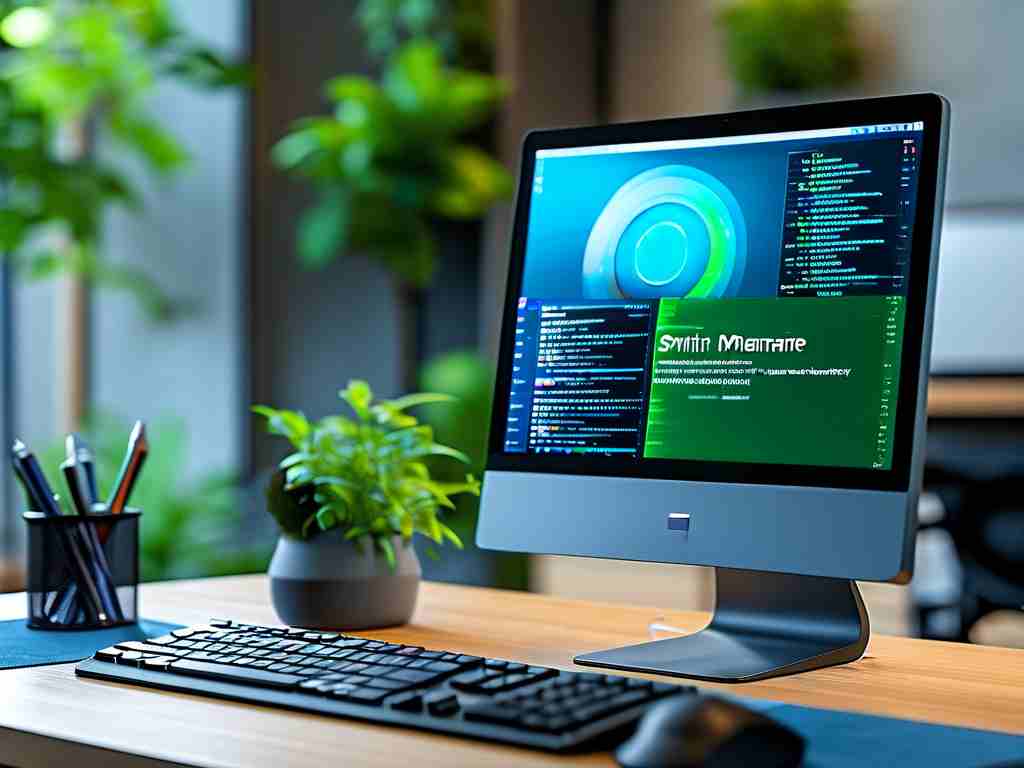HarmonyOS, developed by Huawei, represents a significant leap in operating system technology, particularly in how it handles memory management. This innovative approach, known as smart memory management, is designed to optimize resource allocation across a wide range of devices, from smartphones to IoT gadgets. In today's fast-paced digital world, efficient memory usage is crucial for enhancing performance, reducing lag, and extending battery life. HarmonyOS achieves this through intelligent algorithms that dynamically adjust to user behavior and system demands, ensuring that applications run smoothly without unnecessary resource drains. This article delves into the core mechanisms of HarmonyOS's memory management, its benefits, and real-world applications, providing a comprehensive understanding for developers and tech enthusiasts alike.

At the heart of any operating system lies memory management, which involves allocating, tracking, and freeing up RAM to support running applications. Traditional systems often struggle with fragmentation or inefficiencies, leading to slowdowns or crashes. HarmonyOS addresses these challenges with its smart memory management framework. This system employs predictive analytics to anticipate memory needs based on usage patterns. For instance, if a user frequently switches between apps like a browser and a messaging service, HarmonyOS proactively reserves and releases memory blocks to minimize latency. Additionally, it incorporates advanced garbage collection techniques that automatically identify and clear unused memory segments, preventing leaks that could degrade performance over time. Such features not only streamline operations but also contribute to a more responsive user experience, especially on resource-constrained devices.
One of the standout aspects of HarmonyOS's smart memory management is its ability to support seamless multitasking and cross-device functionality. Unlike conventional OSes, HarmonyOS uses a distributed architecture, allowing memory resources to be shared intelligently across interconnected devices. For example, if you're editing a document on your tablet and switch to your smartwatch, the system can offload memory-intensive tasks to a nearby device with more capacity, ensuring continuity without overburdening any single unit. This is facilitated by underlying code that prioritizes critical processes while deprioritizing background activities. Consider this simplified pseudocode snippet illustrating how HarmonyOS might handle dynamic memory allocation:
// HarmonyOS memory allocation example
void* allocate_memory(int size) {
if (system_demand_high) {
return optimized_pool_reserve(size); // Uses predictive model
} else {
return standard_alloc(size); // Default allocation
}
}
This snippet shows how the system adapts to varying loads, a key element in its efficiency. Beyond code, HarmonyOS integrates machine learning to learn from user habits, such as frequently used apps, and pre-loads them into memory for faster access. This proactive approach reduces startup times and conserves energy, which is vital for mobile devices where battery longevity is a top concern. Moreover, the OS includes built-in safeguards against memory overuse, such as automatic throttling of non-essential apps during high-demand scenarios, further enhancing stability and security.
The benefits of HarmonyOS's smart memory management extend beyond technical performance to real-world user advantages. For consumers, it translates to longer device lifespans and smoother interactions, as devices maintain speed even after years of use. Developers appreciate the simplified app optimization process; since HarmonyOS handles much of the memory overhead, they can focus on functionality rather than low-level resource tweaks. In practical terms, this means apps launch quicker, games run with fewer frame drops, and background services consume less power. For instance, in a smart home setup, HarmonyOS ensures that memory-intensive tasks like video streaming on a TV don't interfere with sensor data processing on a thermostat, creating a cohesive ecosystem. This holistic optimization also supports Huawei's vision of a unified OS for diverse hardware, making it scalable from wearables to automotive systems.
Looking ahead, the evolution of HarmonyOS's memory management promises even greater innovations, such as integration with AI-driven predictions for edge computing. As devices become more interconnected, efficient memory handling will be pivotal in enabling technologies like augmented reality and autonomous systems. In , HarmonyOS's smart memory management is a game-changer in the OS landscape, offering robust, adaptive solutions that elevate user experiences while conserving resources. By understanding and leveraging these capabilities, stakeholders can drive forward a more efficient and sustainable digital future.









